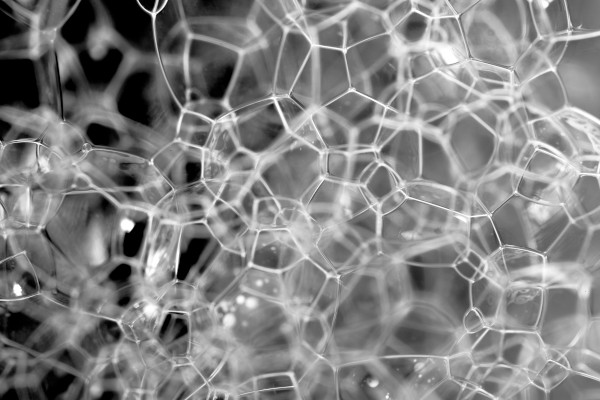A major conceptual achievement of Einstein’s theory of relativity is the understanding that space and time arise from a single physical entity, spacetime. Within spacetime, the distinction between space and time is operated by what one calls the causal structure. The objective of our research is to identify the fate of this causal structure at microscopic scales where quantum gravity effects become important.
In Loop Quantum Gravity, spacetime is described by a spin-foam: a foam-like object in which bubbles are glued to one another. One conceptual challenge of this theory is to understand how the causal structure is encoded in a spin-foam. Is the distinction between space and time still relevant at these microscopic scales? The answer is surprising.
Indeed, the causal structure still makes sense at a fundamental level, but it is now encoded on the wedges of the surfaces of the foam. In that sense, the distinction between the one-dimensional time and three-dimensional space emerges from a two-dimensional fundamental physical entity. Even more surprisingly, different causal structures can coexist in a quantum superposition!
Pre-print at arxiv.org/abs/2109.00986. By Pierre Martin-Dussaud and Eugenio Bianchi, Penn State University.
Image credits to Karim Manjra from unsplash.com
